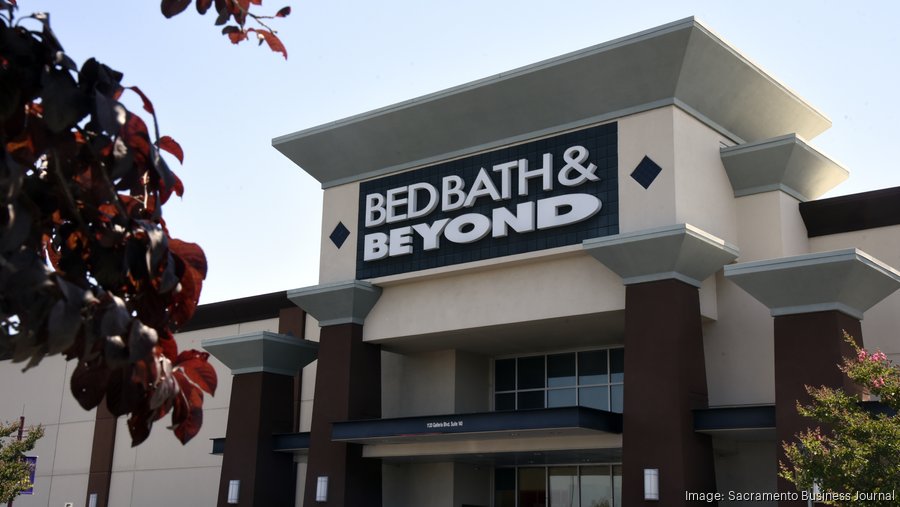Bed Bath & Beyond Inc. has started liquidation sales at all its locations after filing for Chapter 11 bankruptcy over the weekend.
The company said it will pursue the sale of some or all its assets, and a successful transaction could prevent store closings.
“The company believes this dual-path process will best maximize value,” Bed Bath & Beyond (Nasdaq: BBBY) said in a news release.
The 360 Bed Bath & Beyond and 120 buybuy BABY retail locations and websites will remain open and continue serving customers during the store closing process, the company said, and it will continue to pay employee wages and benefits, maintain customer programs and honor obligations to critical vendors in the interim.
Customers will have until Wednesday to redeem the company's beloved 20% off coupons, CNN reports.
"Our teams have worked with incredible purpose to support and strengthen our beloved banners, Bed Bath & Beyond and buybuy BABY," said Sue Gove, who took over as CEO in June 2022 after sales plummeted in the first quarter. "We deeply appreciate our associates, customers, partners, and the communities we serve, and we remain steadfastly determined to serve them throughout this process. We will continue working diligently to maximize value for the benefit of all stakeholders."
Under Gove's predecessor, Mark Tritton, the company had unsuccessfully attempted to pivot away from brand names to creating and selling its own private labels, a strategy that proved unpopular with consumers.
The home goods retailer has received a commitment of approximately $240 million in debtor-in-possession financing from Sixth Street Specialty Lending Inc. to facilitate the store closing process, pending court approval.
Founded in New York in 1971 as a chain of linen and bath stores called Bed & Bath. Renamed Bed Bath & Beyond in 1987, the chain was one of the first superstores and expanded rapidly in the early 1990s. The company went public on the Nasdaq exchange in June 1992 and reached $1 billion in sales in 1999.
The company initiated a turnaround plan in late 2022 to reset elements of its operational and financial positioning and to improve its merchandise assortment, streamline supply chain, and optimize its store footprint, closing all of its Harmon Face Value stores and hundreds of its namesake stores.
The buybuyBaby chain, which has been a bright spot for the retailer and is considered the most marketable to a buyer, mostly escaped store closures during the restructuring, and last week announced it was was enhancing its gift registry with new features and educational and interactive events for parents.
In January, the company warned in a filing with the Securities and Exchange Commission that it didn’t have enough money to pay down its debts and was considering a bankruptcy filing. Holly Etlin, a turnaround specialist from financial advisory and consulting firm AlixPartners, was named as the company’s interim chief financial officer in February.
The company raised a total of $360 million via a public equity offering and continued closing stores in an effort to right the ship, and announced earlier this month an agreement with inventory procurement financing company to purchase up to $120 million of merchandise from the company's key suppliers to maintain stock levels at Bed Bath & Beyond and buybuy BABY.
Union, New Jersey-based Bed Bath & Beyond Inc. also is a partner in a joint venture which operates retail stores in Mexico under the name Bed Bath & Beyond.





